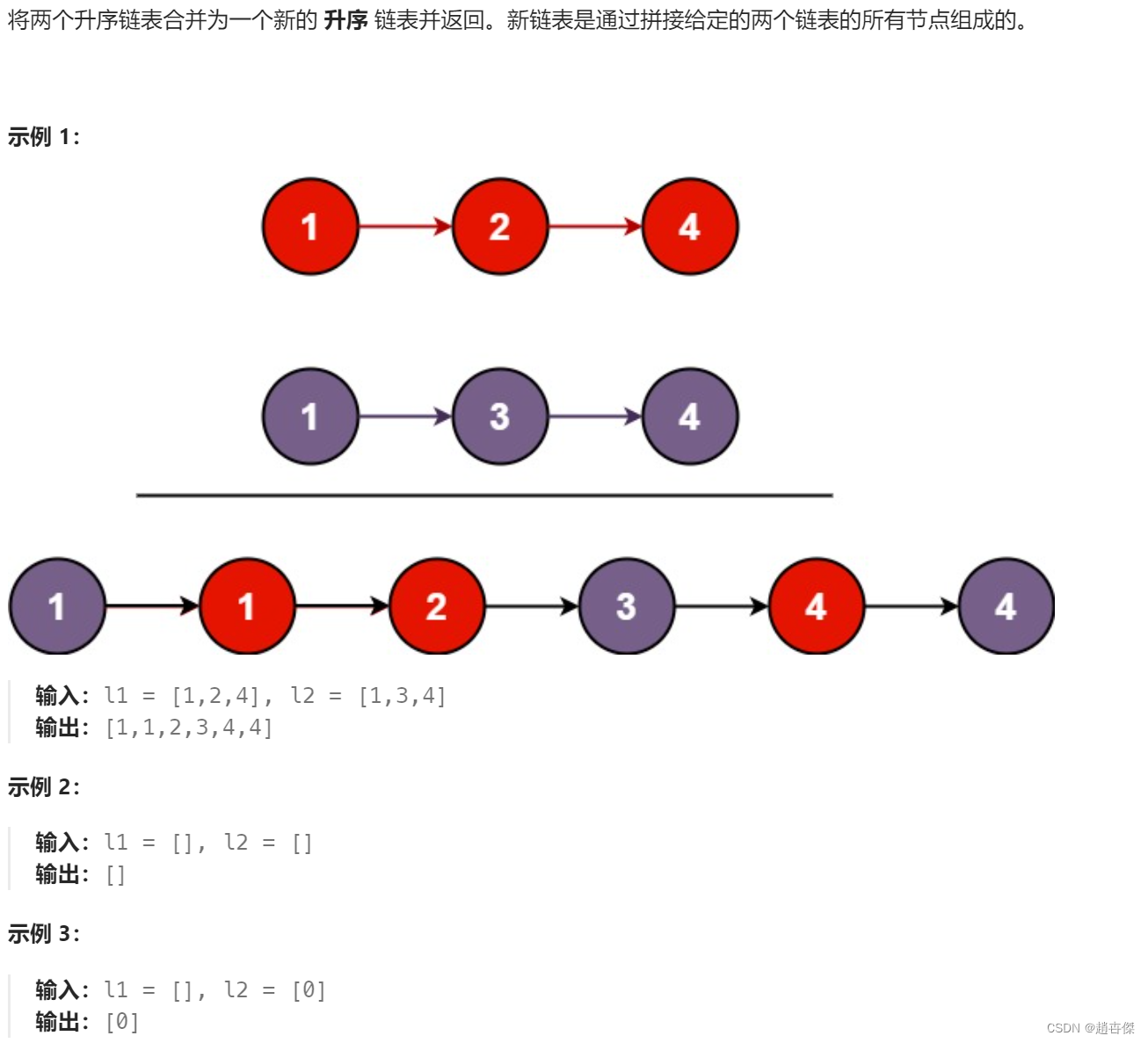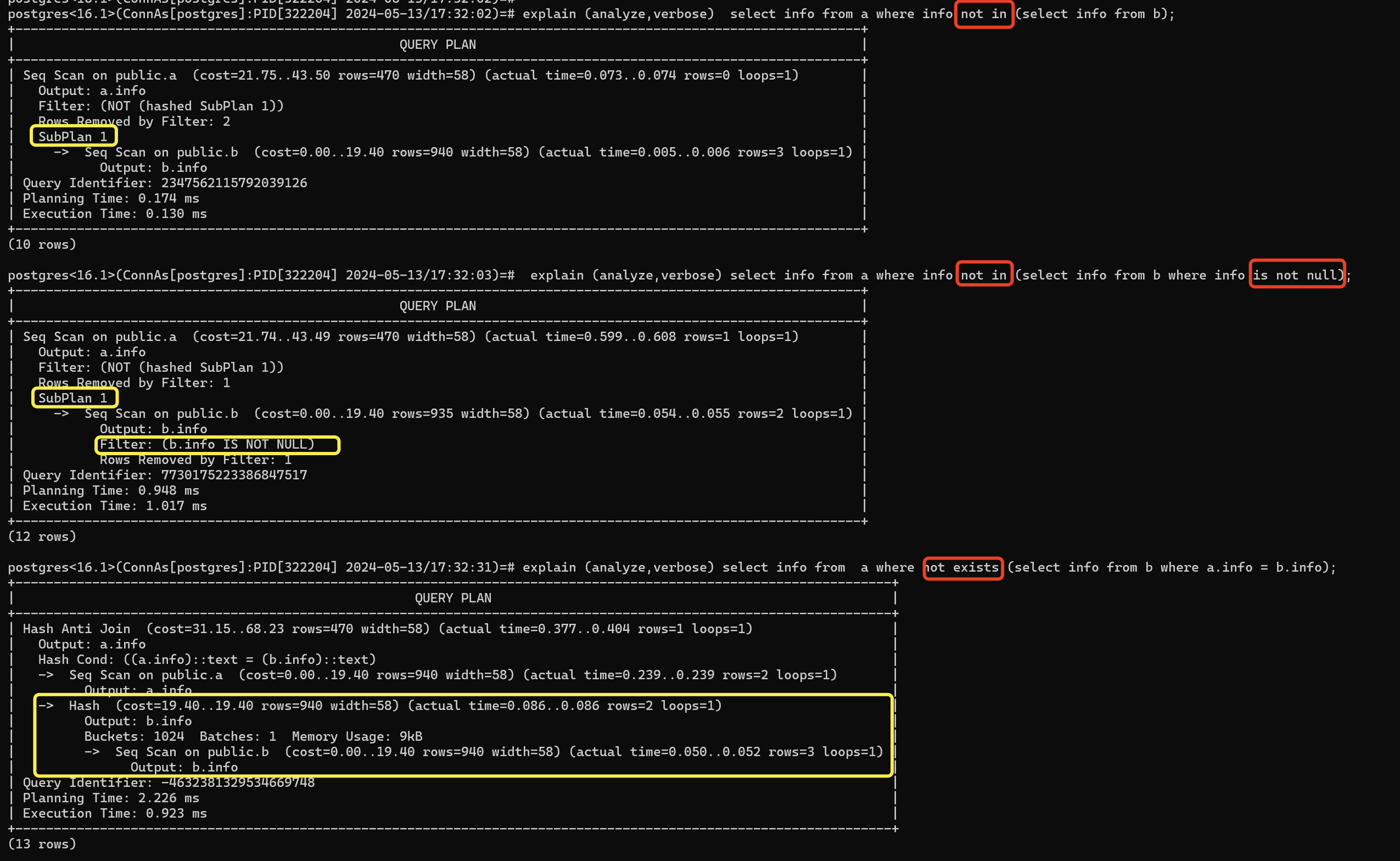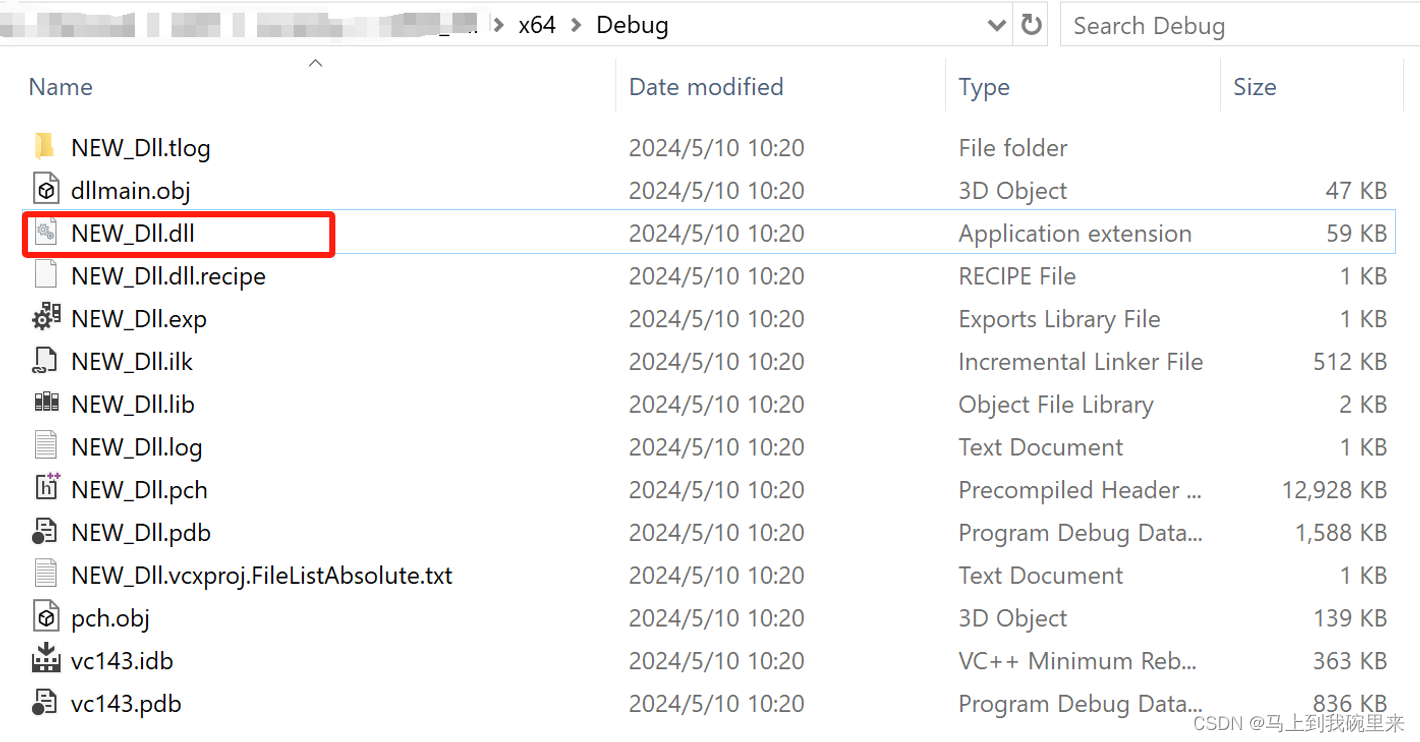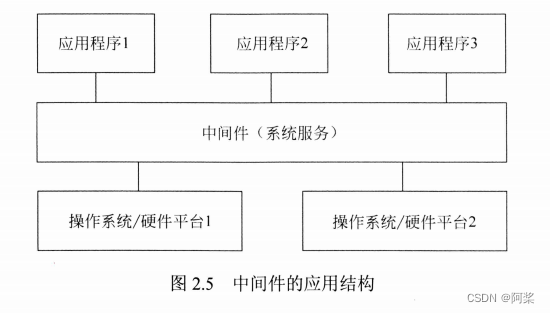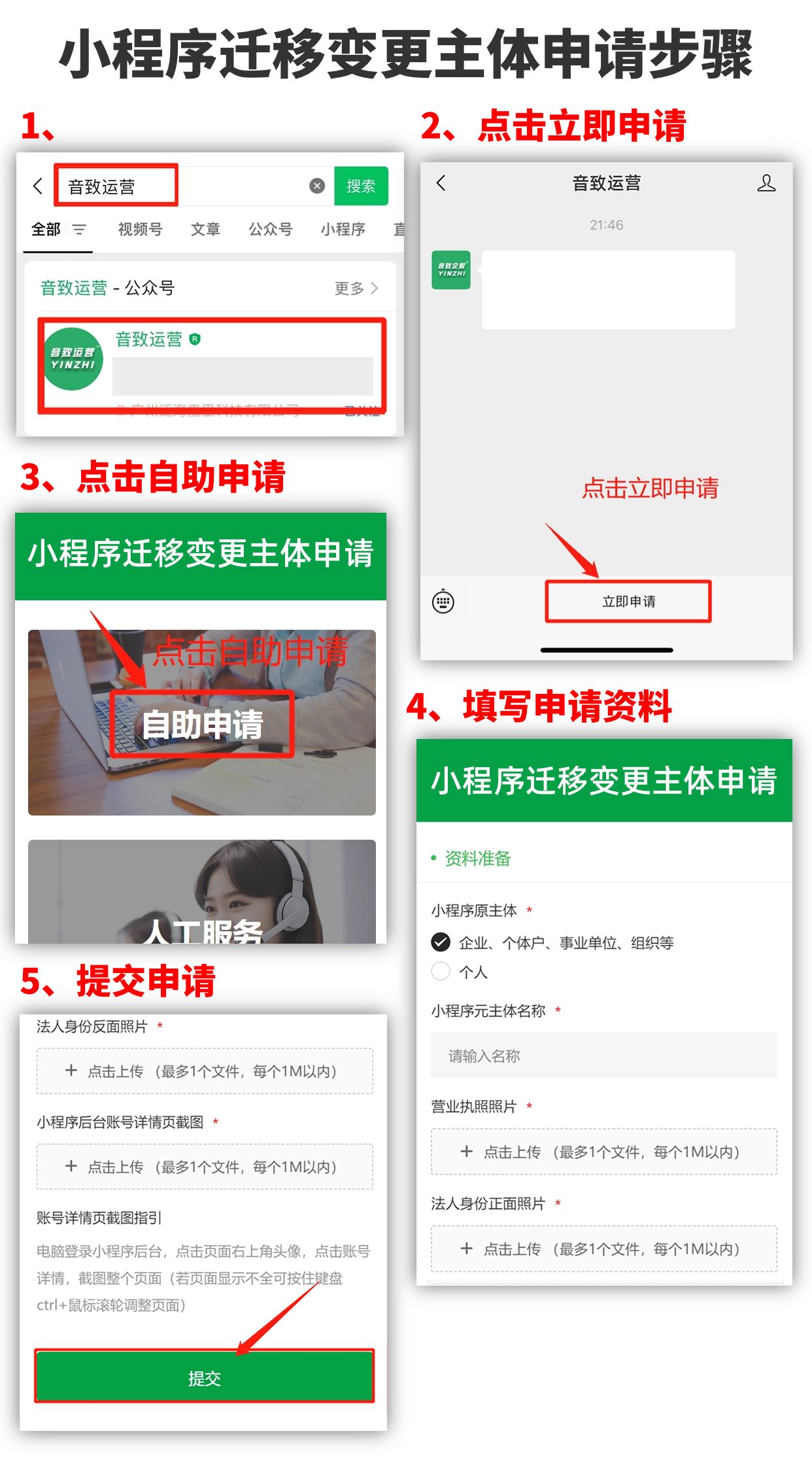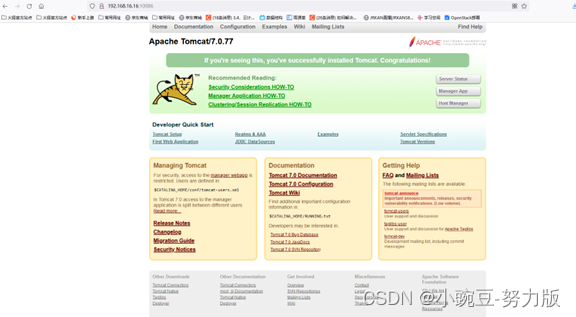目录
设置
简介
下载新闻组 20 数据
让我们来看看这些数据
清洗数据并将数据分成训练集和验证集
创建词汇索引
加载预训练的词嵌入
建立模型
训练模型
导出端到端模型
政安晨的个人主页:政安晨
欢迎 👍点赞✍评论⭐收藏
收录专栏: TensorFlow与Keras机器学习实战
希望政安晨的博客能够对您有所裨益,如有不足之处,欢迎在评论区提出指正!
本文目标:使用预训练的 GloVe 词嵌入对 Newsgroup20 数据集进行文本分类。
设置
import os
# Only the TensorFlow backend supports string inputs.
os.environ["KERAS_BACKEND"] = "tensorflow"
import pathlib
import numpy as np
import tensorflow.data as tf_data
import keras
from keras import layers简介
在本例中,我们将展示如何使用预训练的单词嵌入来训练文本分类模型。
我们将使用 Newsgroup20 数据集,该数据集包含 20,000 条属于 20 个不同主题类别的留言板信息。
对于预训练的词嵌入,我们将使用 GloVe 嵌入。
下载新闻组 20 数据
data_path = keras.utils.get_file(
"news20.tar.gz",
"http://www.cs.cmu.edu/afs/cs.cmu.edu/project/theo-20/www/data/news20.tar.gz",
untar=True,
)让我们来看看这些数据
data_dir = pathlib.Path(data_path).parent / "20_newsgroup"
dirnames = os.listdir(data_dir)
print("Number of directories:", len(dirnames))
print("Directory names:", dirnames)
fnames = os.listdir(data_dir / "comp.graphics")
print("Number of files in comp.graphics:", len(fnames))
print("Some example filenames:", fnames[:5])Number of directories: 20
Directory names: ['comp.sys.ibm.pc.hardware', 'comp.os.ms-windows.misc', 'comp.windows.x', 'sci.space', 'sci.crypt', 'sci.med', 'alt.atheism', 'rec.autos', 'rec.sport.hockey', 'talk.politics.misc', 'talk.politics.mideast', 'rec.motorcycles', 'talk.politics.guns', 'misc.forsale', 'sci.electronics', 'talk.religion.misc', 'comp.graphics', 'soc.religion.christian', 'comp.sys.mac.hardware', 'rec.sport.baseball']
Number of files in comp.graphics: 1000
Some example filenames: ['39638', '38747', '38242', '39057', '39031']下面举例说明一个文件的内容:
print(open(data_dir / "comp.graphics" / "38987").read())Newsgroups: comp.graphics
Path: cantaloupe.srv.cs.cmu.edu!das-news.harvard.edu!noc.near.net!howland.reston.ans.net!agate!dog.ee.lbl.gov!network.ucsd.edu!usc!rpi!nason110.its.rpi.edu!mabusj
From: mabusj@nason110.its.rpi.edu (Jasen M. Mabus)
Subject: Looking for Brain in CAD
Message-ID: <c285m+p@rpi.edu>
Nntp-Posting-Host: nason110.its.rpi.edu
Reply-To: mabusj@rpi.edu
Organization: Rensselaer Polytechnic Institute, Troy, NY.
Date: Thu, 29 Apr 1993 23:27:20 GMT
Lines: 7Jasen Mabus
RPI studentI am looking for a hman brain in any CAD (.dxf,.cad,.iges,.cgm,etc.) or picture (.gif,.jpg,.ras,etc.) format for an animation demonstration. If any has or knows of a location please reply by e-mail to mabusj@rpi.edu.Thank you in advance,
Jasen Mabus 正如你所看到的,有一些标题行明确(第一行就是类别名称)或隐含地(例如,通过 "组织 "存档)泄露了文件的类别。让我们去掉这些标题:
samples = []
labels = []
class_names = []
class_index = 0
for dirname in sorted(os.listdir(data_dir)):
class_names.append(dirname)
dirpath = data_dir / dirname
fnames = os.listdir(dirpath)
print("Processing %s, %d files found" % (dirname, len(fnames)))
for fname in fnames:
fpath = dirpath / fname
f = open(fpath, encoding="latin-1")
content = f.read()
lines = content.split("\n")
lines = lines[10:]
content = "\n".join(lines)
samples.append(content)
labels.append(class_index)
class_index += 1
print("Classes:", class_names)
print("Number of samples:", len(samples))Processing alt.atheism, 1000 files found
Processing comp.graphics, 1000 files found
Processing comp.os.ms-windows.misc, 1000 files found
Processing comp.sys.ibm.pc.hardware, 1000 files found
Processing comp.sys.mac.hardware, 1000 files found
Processing comp.windows.x, 1000 files found
Processing misc.forsale, 1000 files found
Processing rec.autos, 1000 files found
Processing rec.motorcycles, 1000 files found
Processing rec.sport.baseball, 1000 files found
Processing rec.sport.hockey, 1000 files found
Processing sci.crypt, 1000 files found
Processing sci.electronics, 1000 files found
Processing sci.med, 1000 files found
Processing sci.space, 1000 files found
Processing soc.religion.christian, 997 files found
Processing talk.politics.guns, 1000 files found
Processing talk.politics.mideast, 1000 files found
Processing talk.politics.misc, 1000 files found
Processing talk.religion.misc, 1000 files found
Classes: ['alt.atheism', 'comp.graphics', 'comp.os.ms-windows.misc', 'comp.sys.ibm.pc.hardware', 'comp.sys.mac.hardware', 'comp.windows.x', 'misc.forsale', 'rec.autos', 'rec.motorcycles', 'rec.sport.baseball', 'rec.sport.hockey', 'sci.crypt', 'sci.electronics', 'sci.med', 'sci.space', 'soc.religion.christian', 'talk.politics.guns', 'talk.politics.mideast', 'talk.politics.misc', 'talk.religion.misc']
Number of samples: 19997实际上,有一个类别的文件数量并没有达到预期,但差异很小,所以这个问题仍然是一个平衡分类问题。
清洗数据并将数据分成训练集和验证集
# Shuffle the data
seed = 1337
rng = np.random.RandomState(seed)
rng.shuffle(samples)
rng = np.random.RandomState(seed)
rng.shuffle(labels)
# Extract a training & validation split
validation_split = 0.2
num_validation_samples = int(validation_split * len(samples))
train_samples = samples[:-num_validation_samples]
val_samples = samples[-num_validation_samples:]
train_labels = labels[:-num_validation_samples]
val_labels = labels[-num_validation_samples:]创建词汇索引
让我们使用 TextVectorization 对数据集中的词汇进行索引。稍后,我们将使用同一层实例对样本进行矢量化。
我们的图层将只考虑前 20,000 个单词,并截断或填充序列,使其实际长度为 200 个词组。
vectorizer = layers.TextVectorization(max_tokens=20000, output_sequence_length=200)
text_ds = tf_data.Dataset.from_tensor_slices(train_samples).batch(128)
vectorizer.adapt(text_ds)你可以通过 vectorizer.get_vocabulary() 来获取计算出的词汇量。让我们打印前 5 个词:
vectorizer.get_vocabulary()[:5]['', '[UNK]', 'the', 'to', 'of']让我们来矢量化一个测试句子:
output = vectorizer([["the cat sat on the mat"]])
output.numpy()[0, :6]array([ 2, 3480, 1818, 15, 2, 5830])如您所见,"the "被表示为 "2"。既然 "the "是词汇表中的第一个词,为什么不是 0 呢?这是因为索引 0 是为填充保留的,而索引 1 则是为 "词汇表外 "标记保留的。
下面是一个将单词映射到其索引的 dict:
voc = vectorizer.get_vocabulary()
word_index = dict(zip(voc, range(len(voc))))正如您所看到的,我们为测试句子获得了与上述相同的编码:
test = ["the", "cat", "sat", "on", "the", "mat"]
[word_index[w] for w in test][2, 3480, 1818, 15, 2, 5830]加载预训练的词嵌入
让我们下载预训练的 GloVe 嵌入(压缩文件 822M)。
您需要运行以下命令:
!wget https://downloads.cs.stanford.edu/nlp/data/glove.6B.zip
!unzip -q glove.6B.zip--2023-11-19 22:45:27-- https://downloads.cs.stanford.edu/nlp/data/glove.6B.zip
Resolving downloads.cs.stanford.edu (downloads.cs.stanford.edu)... 171.64.64.22
Connecting to downloads.cs.stanford.edu (downloads.cs.stanford.edu)|171.64.64.22|:443... connected.
HTTP request sent, awaiting response... 200 OK
Length: 862182613 (822M) [application/zip]
Saving to: ‘glove.6B.zip’glove.6B.zip 100%[===================>] 822.24M 5.05MB/s in 2m 39s 2023-11-19 22:48:06 (5.19 MB/s) - ‘glove.6B.zip’ saved [862182613/862182613]该档案包含不同大小的文本编码向量:50 维、100 维、200 维、300 维。我们将使用 100 维的向量。
让我们创建一个将单词(字符串)映射到其 NumPy 向量表示的 dict:
path_to_glove_file = "glove.6B.100d.txt"
embeddings_index = {}
with open(path_to_glove_file) as f:
for line in f:
word, coefs = line.split(maxsplit=1)
coefs = np.fromstring(coefs, "f", sep=" ")
embeddings_index[word] = coefs
print("Found %s word vectors." % len(embeddings_index))Found 400000 word vectors.现在,让我们准备一个相应的嵌入矩阵,以便在 Keras 嵌入层中使用。这是一个简单的 NumPy 矩阵,其中索引 i 处的条目是我们的向量机词汇表中索引 i 的单词的预训练向量。
num_tokens = len(voc) + 2
embedding_dim = 100
hits = 0
misses = 0
# Prepare embedding matrix
embedding_matrix = np.zeros((num_tokens, embedding_dim))
for word, i in word_index.items():
embedding_vector = embeddings_index.get(word)
if embedding_vector is not None:
# Words not found in embedding index will be all-zeros.
# This includes the representation for "padding" and "OOV"
embedding_matrix[i] = embedding_vector
hits += 1
else:
misses += 1
print("Converted %d words (%d misses)" % (hits, misses))Converted 18021 words (1979 misses)接下来,我们将预先训练好的单词嵌入矩阵载入嵌入层。
请注意,我们设置 trainable=False 是为了保持嵌入式的固定性(我们不想在训练过程中更新它们)。
from keras.layers import Embedding
embedding_layer = Embedding(
num_tokens,
embedding_dim,
trainable=False,
)
embedding_layer.build((1,))
embedding_layer.set_weights([embedding_matrix])建立模型
一个简单的 1D convnet,全局最大池化,最后是分类器。
int_sequences_input = keras.Input(shape=(None,), dtype="int32")
embedded_sequences = embedding_layer(int_sequences_input)
x = layers.Conv1D(128, 5, activation="relu")(embedded_sequences)
x = layers.MaxPooling1D(5)(x)
x = layers.Conv1D(128, 5, activation="relu")(x)
x = layers.MaxPooling1D(5)(x)
x = layers.Conv1D(128, 5, activation="relu")(x)
x = layers.GlobalMaxPooling1D()(x)
x = layers.Dense(128, activation="relu")(x)
x = layers.Dropout(0.5)(x)
preds = layers.Dense(len(class_names), activation="softmax")(x)
model = keras.Model(int_sequences_input, preds)
model.summary()Model: "functional_1"┏━━━━━━━━━━━━━━━━━━━━━━━━━━━━━━━━━┳━━━━━━━━━━━━━━━━━━━━━━━━━━━┳━━━━━━━━━━━━┓ ┃ Layer (type) ┃ Output Shape ┃ Param # ┃ ┡━━━━━━━━━━━━━━━━━━━━━━━━━━━━━━━━━╇━━━━━━━━━━━━━━━━━━━━━━━━━━━╇━━━━━━━━━━━━┩ │ input_layer (InputLayer) │ (None, None) │ 0 │ ├─────────────────────────────────┼───────────────────────────┼────────────┤ │ embedding (Embedding) │ (None, None, 100) │ 2,000,200 │ ├─────────────────────────────────┼───────────────────────────┼────────────┤ │ conv1d (Conv1D) │ (None, None, 128) │ 64,128 │ ├─────────────────────────────────┼───────────────────────────┼────────────┤ │ max_pooling1d (MaxPooling1D) │ (None, None, 128) │ 0 │ ├─────────────────────────────────┼───────────────────────────┼────────────┤ │ conv1d_1 (Conv1D) │ (None, None, 128) │ 82,048 │ ├─────────────────────────────────┼───────────────────────────┼────────────┤ │ max_pooling1d_1 (MaxPooling1D) │ (None, None, 128) │ 0 │ ├─────────────────────────────────┼───────────────────────────┼────────────┤ │ conv1d_2 (Conv1D) │ (None, None, 128) │ 82,048 │ ├─────────────────────────────────┼───────────────────────────┼────────────┤ │ global_max_pooling1d │ (None, 128) │ 0 │ │ (GlobalMaxPooling1D) │ │ │ ├─────────────────────────────────┼───────────────────────────┼────────────┤ │ dense (Dense) │ (None, 128) │ 16,512 │ ├─────────────────────────────────┼───────────────────────────┼────────────┤ │ dropout (Dropout) │ (None, 128) │ 0 │ ├─────────────────────────────────┼───────────────────────────┼────────────┤ │ dense_1 (Dense) │ (None, 20) │ 2,580 │ └─────────────────────────────────┴───────────────────────────┴────────────┘Total params: 2,247,516 (8.57 MB)Trainable params: 2,247,516 (8.57 MB)Non-trainable params: 0 (0.00 B)
训练模型
首先,将字符串列表数据转换为整数索引的 NumPy 数组。数组采用右填充。
x_train = vectorizer(np.array([[s] for s in train_samples])).numpy()
x_val = vectorizer(np.array([[s] for s in val_samples])).numpy()
y_train = np.array(train_labels)
y_val = np.array(val_labels)我们使用分类交叉熵作为损失,因为我们进行的是软最大分类。此外,由于我们的标签是整数,因此我们使用稀疏分类交叉熵(sparse_categorical_crossentropy)。
model.compile(
loss="sparse_categorical_crossentropy", optimizer="rmsprop", metrics=["acc"]
)
model.fit(x_train, y_train, batch_size=128, epochs=20, validation_data=(x_val, y_val))Epoch 1/20
2/125 [37m━━━━━━━━━━━━━━━━━━━━ 9s 78ms/step - acc: 0.0352 - loss: 3.2164
WARNING: All log messages before absl::InitializeLog() is called are written to STDERR
I0000 00:00:1700434131.619687 6780 device_compiler.h:187] Compiled cluster using XLA! This line is logged at most once for the lifetime of the process.
125/125 ━━━━━━━━━━━━━━━━━━━━ 22s 123ms/step - acc: 0.0926 - loss: 2.8961 - val_acc: 0.2451 - val_loss: 2.1965
Epoch 2/20
125/125 ━━━━━━━━━━━━━━━━━━━━ 10s 78ms/step - acc: 0.2628 - loss: 2.1377 - val_acc: 0.4421 - val_loss: 1.6594
Epoch 3/20
125/125 ━━━━━━━━━━━━━━━━━━━━ 10s 78ms/step - acc: 0.4504 - loss: 1.5765 - val_acc: 0.5849 - val_loss: 1.2577
Epoch 4/20
125/125 ━━━━━━━━━━━━━━━━━━━━ 10s 76ms/step - acc: 0.5711 - loss: 1.2639 - val_acc: 0.6277 - val_loss: 1.1153
Epoch 5/20
125/125 ━━━━━━━━━━━━━━━━━━━━ 9s 74ms/step - acc: 0.6430 - loss: 1.0318 - val_acc: 0.6684 - val_loss: 0.9902
Epoch 6/20
125/125 ━━━━━━━━━━━━━━━━━━━━ 9s 72ms/step - acc: 0.6990 - loss: 0.8844 - val_acc: 0.6619 - val_loss: 1.0109
Epoch 7/20
125/125 ━━━━━━━━━━━━━━━━━━━━ 9s 70ms/step - acc: 0.7330 - loss: 0.7614 - val_acc: 0.6832 - val_loss: 0.9585
Epoch 8/20
125/125 ━━━━━━━━━━━━━━━━━━━━ 8s 68ms/step - acc: 0.7795 - loss: 0.6328 - val_acc: 0.6847 - val_loss: 0.9917
Epoch 9/20
125/125 ━━━━━━━━━━━━━━━━━━━━ 8s 64ms/step - acc: 0.8203 - loss: 0.5242 - val_acc: 0.7187 - val_loss: 0.9224
Epoch 10/20
125/125 ━━━━━━━━━━━━━━━━━━━━ 8s 60ms/step - acc: 0.8506 - loss: 0.4265 - val_acc: 0.7342 - val_loss: 0.9098
Epoch 11/20
125/125 ━━━━━━━━━━━━━━━━━━━━ 7s 56ms/step - acc: 0.8756 - loss: 0.3659 - val_acc: 0.7204 - val_loss: 1.0022
Epoch 12/20
125/125 ━━━━━━━━━━━━━━━━━━━━ 7s 54ms/step - acc: 0.8921 - loss: 0.3079 - val_acc: 0.7209 - val_loss: 1.0477
Epoch 13/20
125/125 ━━━━━━━━━━━━━━━━━━━━ 7s 54ms/step - acc: 0.9077 - loss: 0.2767 - val_acc: 0.7169 - val_loss: 1.0915
Epoch 14/20
125/125 ━━━━━━━━━━━━━━━━━━━━ 6s 50ms/step - acc: 0.9244 - loss: 0.2253 - val_acc: 0.7382 - val_loss: 1.1397
Epoch 15/20
125/125 ━━━━━━━━━━━━━━━━━━━━ 6s 49ms/step - acc: 0.9301 - loss: 0.2054 - val_acc: 0.7562 - val_loss: 1.0984
Epoch 16/20
125/125 ━━━━━━━━━━━━━━━━━━━━ 5s 42ms/step - acc: 0.9373 - loss: 0.1769 - val_acc: 0.7387 - val_loss: 1.2294
Epoch 17/20
125/125 ━━━━━━━━━━━━━━━━━━━━ 5s 41ms/step - acc: 0.9467 - loss: 0.1626 - val_acc: 0.7009 - val_loss: 1.4906
Epoch 18/20
125/125 ━━━━━━━━━━━━━━━━━━━━ 5s 39ms/step - acc: 0.9471 - loss: 0.1544 - val_acc: 0.7184 - val_loss: 1.6050
Epoch 19/20
125/125 ━━━━━━━━━━━━━━━━━━━━ 5s 37ms/step - acc: 0.9532 - loss: 0.1388 - val_acc: 0.7407 - val_loss: 1.4360
Epoch 20/20
125/125 ━━━━━━━━━━━━━━━━━━━━ 5s 37ms/step - acc: 0.9519 - loss: 0.1388 - val_acc: 0.7309 - val_loss: 1.5327
<keras.src.callbacks.history.History at 0x7fbf50e6b910>导出端到端模型
现在,我们可能想导出一个模型对象,它的输入是任意长度的字符串,而不是索引序列。这将大大提高模型的可移植性,因为你不必担心输入预处理管道。
我们的矢量器实际上是 Keras 层,因此非常简单:
string_input = keras.Input(shape=(1,), dtype="string")
x = vectorizer(string_input)
preds = model(x)
end_to_end_model = keras.Model(string_input, preds)
probabilities = end_to_end_model(
keras.ops.convert_to_tensor(
[["this message is about computer graphics and 3D modeling"]]
)
)
print(class_names[np.argmax(probabilities[0])])comp.graphics

